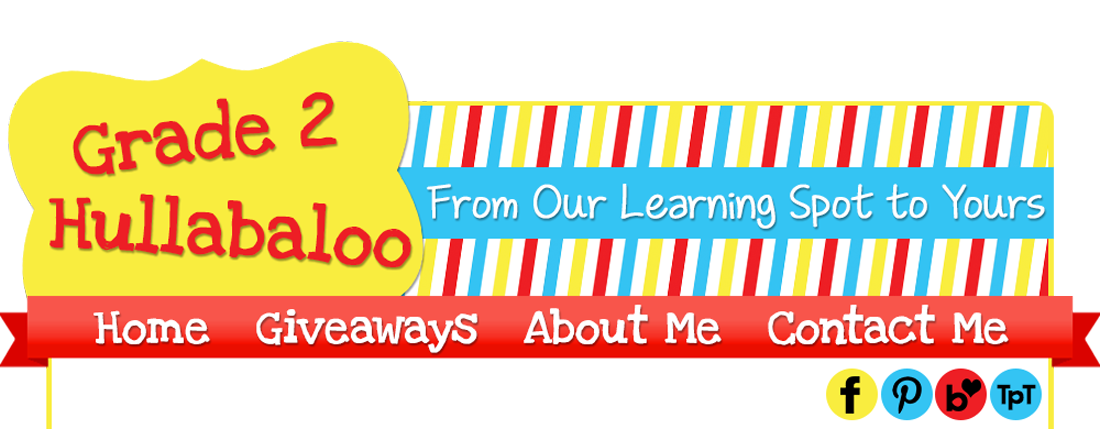As promised in my last post, here is the information on how we completed cut paper time lines on several key events in American history. I had no idea that my children would react to this crafty reading-writing-art project in such a powerful way. They went nuts! I heard comments like, "This is the best day ever!" or "I wish we could do this all the time."
Let's pause for a mini soapbox rant:
With today's focus on high stakes testing, benchmarks, meetings, and Response to Intervention (RTI), we sometimes get distracted from the business of teaching; we forget that our children need outlets for creative expression and physical movement. They need to move, cut, glue, make epic messes, and talk, talk, talk. Well, I could go for some whispering, but sometimes learning excitement needs full-on talking.
I would go so far as to say that with all of the pressures of teaching --time constraints, job performance evaluation* (partially) based on students' performance on standardized tests, lengthy teacher evaluation tools and the never-ending to-do list, that it is easy lose focus on our #1 priority -- the CHILDREN.
This activity was gloppy-gooey, time-consuming, and student-centered. It was perfectly messy, and perfectly fun for my students. They were engaged in thinking, solving problems, moving and learning with and from one another. I want to add that it's a whole heckuva lot tougher to teach this way than it is to plop students in front of a book with a sheet to do. But, what does that teach them? That school is boring, mentally draining, and not a place they'd like to spend their time.
These are my opinions. I understand the intricacies of all of the above, and I acknowledge that some of the requirements are beyond our control, but I think it's about time for teachers to gently push back with ideas and suggestions for what is best for children. We're the 'boots on the ground' in the classroom. We know and love our students better than anyone else in the building. Props to parents for loving them first and most.
Rant Over.
The process for this multi-day project addressed this standard:
TN Social Studies Standard -- 2.36 Explain the connection between a series of events in United States history. Teachers may choose any events. Some suggestions are as follows: Jamestown, Plymouth, Westward Expansion, Trail of Tears, Industrial Revolution, Ellis Island, Suffrage Movement, Great Depression, Dust Bowl, the Civil Rights Movement, and wars involving the United States.
Let me admit that this content standard is a bit intimidating. How does one teach seven and eight year old children about some of these complicated and sensitive events in American history? It began with research and information from last year's field trip to the Tennessee State History Museum. I decided to begin with the Mississippian Society time period. I found some online resources about the time period, pasted the content and pictures into a Word document, and edited it to be more appropriate for second grade readers.
I gave a brief mini-lesson about the time period, and then I sent partners off to read it and record important observations in their ELA notebooks. The document had five sections, so we "jigsawed" it to divide the content. I partnered strong readers with those who sometimes get tangled up with advanced text and ideas. When we met to debrief on what they had discovered, I was thrilled that they had gleaned important and interesting ideas from this informational text. They were proud of what they had recorded. They were empowered.
After collecting our information, it was time to begin work on our time lines. First, I modeled. Model! Model! Model! If you undertake a cut paper project, the children need to see you do it and hear your thinking process as you plan your scene. Since the American Indians were agricultural, I explained that I wanted to create a scene with an American Indian working in her garden. I explained that I learned that the men went out to hunt and the women did most of the gardening, caring for children, and cooking.
I modeled how to cut and lay out my pieces to see if they fit before I glued, how to cut at the edge of a huge sheet of construction paper, instead of right in the middle (Why do children always want to cut from the middle?), and to see if I thought my scene communicated what I had learned from my research. I then turned them loose with their notes, a gigantic stack of construction paper, glue sticks, and scissors. Note: Adding details with crayons or pencils was a no-no. For this project, it was all cut paper. Challenging? Yes, but look at the detail they were able to include on day two's focus on the Jamestown Settlement.
We spent several days reading, note-taking, discussing, and creating sections of the time lines. I used my writing block and part of my ELA block for the activities. Some days, I'd share a read aloud; others, I would show pictures or maps of an event. We added illustrations of the Mississippian Society, Jamestown (with discussions and connections to Plymouth), Civil War (including the issues related to its reason), Underground Railroad, Trail of Tears, Revolutionary War, Declaration of Independence, and a bit about women's suffrage. THAT topic got quite a response from my girls!
It was tons of fun for my second graders. After a couple of lessons, all I had to do was stand back and watch them work. If children floundered, I could focus on making sure they understood the concept by working with them individually or in a small group.
I hope you find this useful and interesting. I think it's one of my favorite projects of the year!
*In my district, 25% of my yearly evaluation is based on standardized tests that are given in grades 3-5 -- not my grade.



No comments: